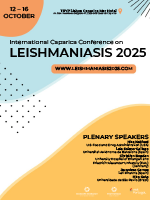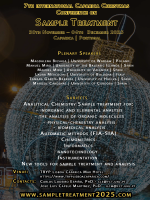THE FORENSIC APPLICATION OF PROTEOMICS FOR THE STUDY OF THE TIME OF DEATH: AN OPERATIVE EXPERIMENTAL MODEL FOR PMI ESTIMATION
DOI: 10.5584/jiomics.v8i3.236
Abstract
Post Mortem Interval (PMI) estimation is one of the most important questions the forensic pathologist must answer. To date, it is not possible to establish exactly the hour of death, but only to calculate a period (PMI), during which death most likely occurred. In the forensic field, several laboratory methods can be used to perform this calculation more accurately. However, there is still no biomarker that is universally validated and accepted by the forensic community. In the literature, researches about the application of proteomics for forensic purposes are on the increase. Proteomics is a branch of molecular biology that allows the systematic identification of the proteome from a quantitative and qualitative point of view. Below, we propose the operating model of an experimental study currently underway at the Department of Legal Medicine of the University of Catanzaro. The model is based on taking of peripheral blood samples from patients who died at the Intensive Care Unit (AO “Mater Domini” of Catanzaro). The proposed operating model has several advantages including the evaluation, for the first time, of human biological samples from the exact moment of death. The analysis would allow to identify new potential biomarkers expressed in peripheral blood and validate the forensic application of markers already known in the literature. The knowledge of the exact moment of death (time 0) would allow us to evaluate the proteomic profile more accurately on the human model, overstepping the limits of some extrinsic variables evidenced in the literature.









